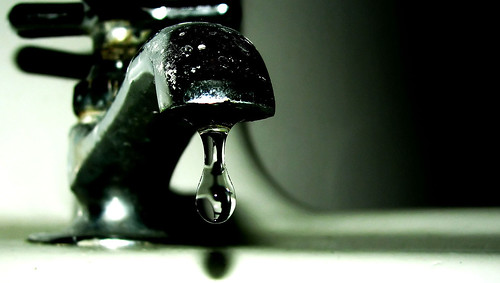
I wrote a post a number of weeks back where I talked about how TEPCO were using realtime data to help manage energy demand in Japan. Towards the end of the piece I speculated on whether or not Japan would be able to maintain the effort through August – their hottest month.
You will remember that after the March earthquake, Japan had to shut down all but 15 of its 54 nuclear power plants. This forced the Japanese government to issue an order on July 1st obliging large scale users of electricity (>500kW) to cut their consumption by 15%. They also asked households and small businesses to do likewise but the cut was not legally binding on them
Well, according to the New York Times, Japan made it through the month of August and so successful were they, that this month, ahead of schedule, the government lifted all restrictions on power use. This despite the nuclear power stations not being turned back on.
This is an amazing success story and goes to show how, when a people are properly motivated (in this case with a sense of national pride and unity), they can achieve the seemingly impossible.
The downside of this story is that in the absence of nuclear power Japan is now burning far more fossil fuels to meets its energy requirements. Hopefully, they’ll transition away from fossil fuels and onto renewables to make up for the shortfall in their generation needs.
Photo credit Tom Raftery

